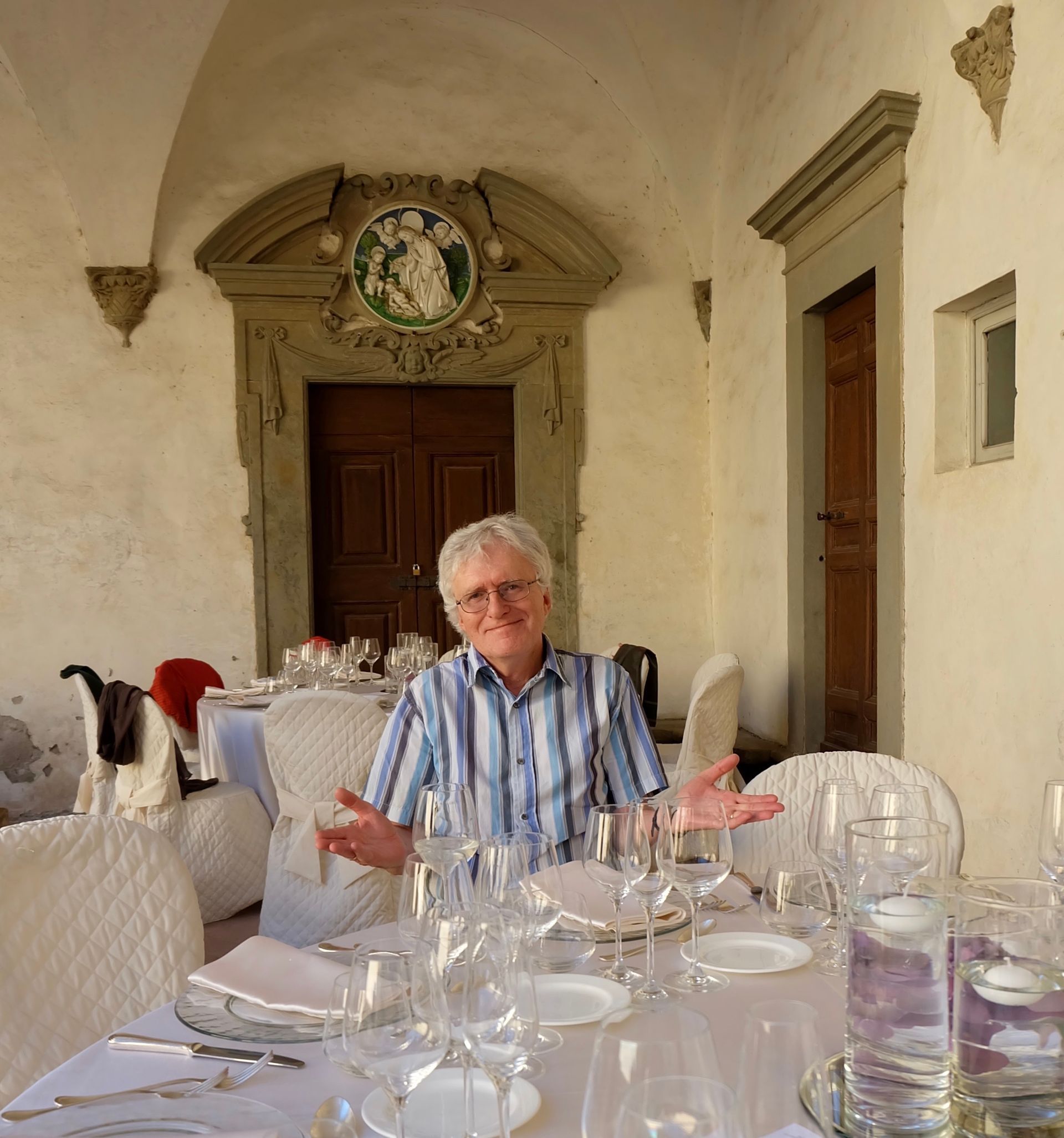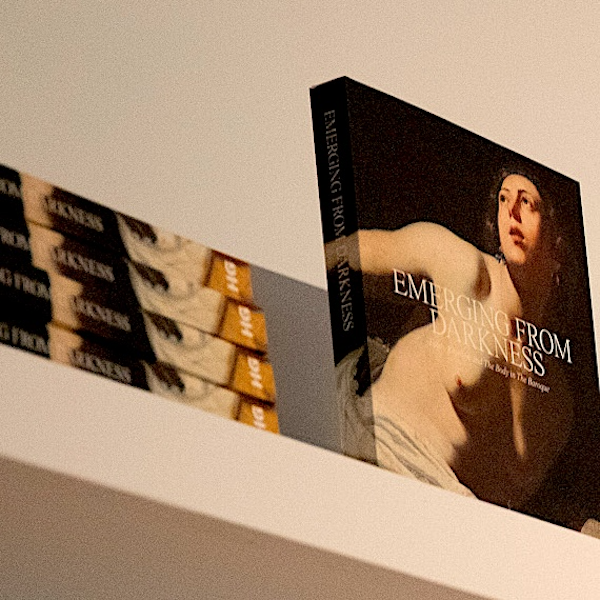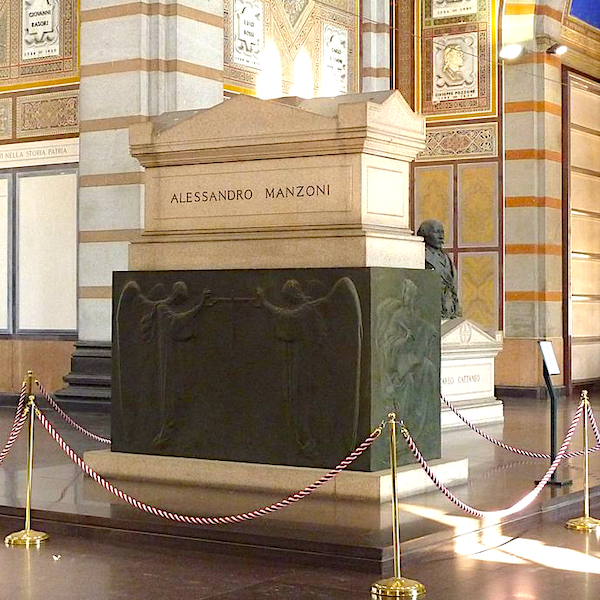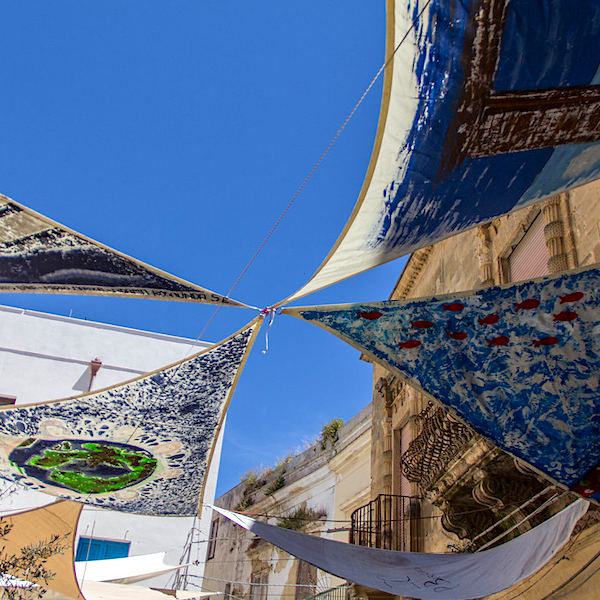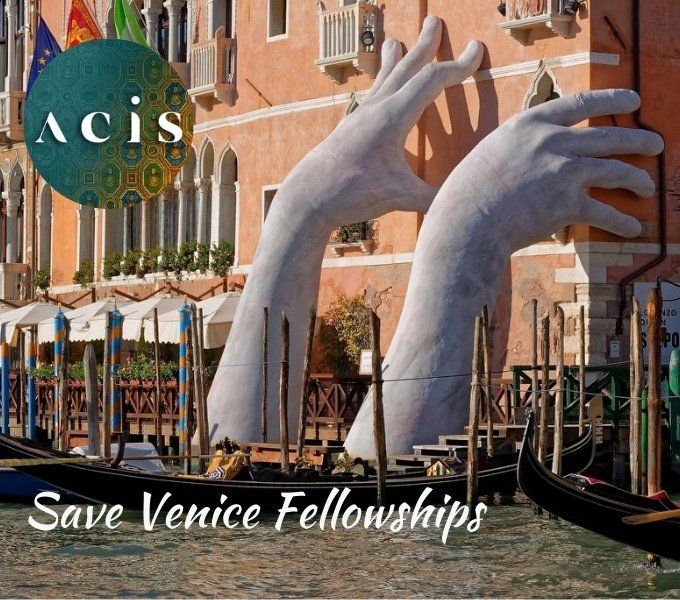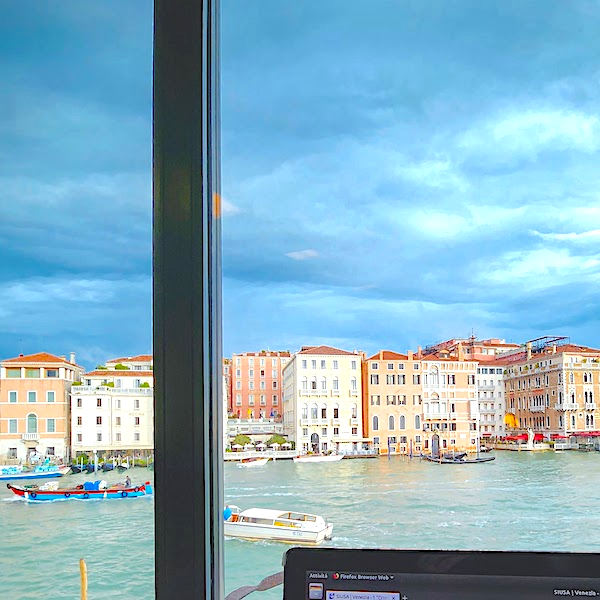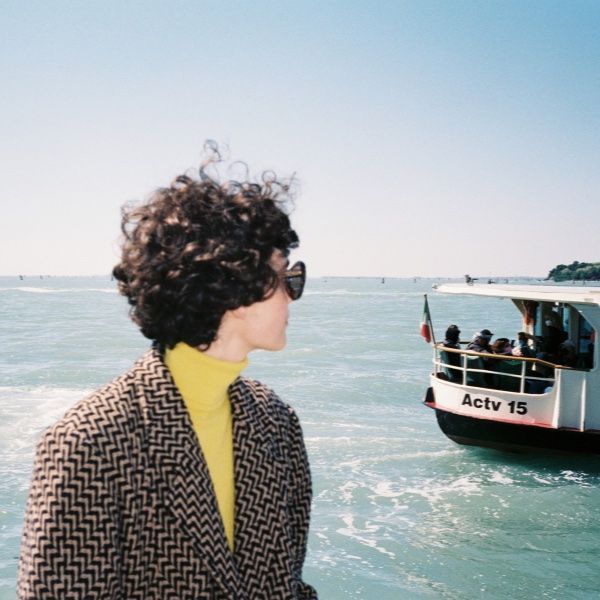William Kent: Designing Georgian Britain (under Italian influence)
Sally Grant New York
Chiswick House with statue of Palladio © Devonshire Collection, Chatsworth
Anyone heading to London in the next couple of months or so may want to check out the current exhibition being held at the V&A, William Kent: Designing Georgian Britain . While the title itself doesn’t convey any obvious Italian links, like so many others who made the Grand Tour during the eighteenth century, Kent was very much influenced by the art and culture of Italy. This is especially thought-provoking here as the organisers present Kent, who was a painter, designer, and architect, as integral to the development of a style of art that reflected the ideals of a new, Georgian, British nation. (The exhibition is one of a number of events this year that celebrate the 300th year anniversary of the Hanoverian accession to the throne in 1714.)
View at Tivoli © Victoria and Albert Museum, London
Inspired by the artworks he had studied on his travels in Italy and during his ten-year stay in Rome, on Kent’s return to England in 1719 he created an aesthetic that appealed to many of the important political and cultural figures of the day. These were British gentlemen who had themselves travelled in Italy as young Grand Tourists and who looked to its classical and Renaissance past as a means of expressing a contemporary learned and civilising ideal. Lord Burlington, who was instrumental in the establishment of the Neo-Palladian architectural style, was Kent’s most influential and supportive patron. So successfully and, by all reports, charmingly did Kent champion Italian models in the creation of this new style of British design that he was also known as “the Signor” or “Kentino”.
Royal barge © RIBA Library Drawings Collection
The exhibition was co-organised by the Bard Graduate Center in New York City where it was initially installed until February of this year. In addition to visiting the exhibition I was able to attend a couple of linked events organised by the BGC, including a symposium that re-examined the work of Kent, and a lecture by the American landscape architect Laurie Olin regarding Kent’s garden design. The influence of Italy can be seen throughout the artist’s work and the examples chosen for the exhibition convey the scope of his output, which included paintings, drawings, book illustration (Alexander Pope’s translation of the Odyssey being one prominent example), as well as designs for buildings, furniture, decorative objects, a royal barge, and gardens.
The exedra, Chiswick
Kent’s name is of course inextricably tied to the English landscape style of garden design and he was indeed one of its founding fathers. Yet in reconsidering Kent, some of the speakers at the BGC events emphasised that he should not be thought of as the lone genius in this development and that the landscape garden did not just spring unheralded from a decidedly English conception of nature. That was the impression that Horace Walpole gave in the later eighteenth century when he declared of Kent: “He leaped the fence and saw that all nature was a garden.” In recent years, garden historians have suggested a more comprehensive understanding of the puzzle that is the origins of the English landscape style. The villas and gardens of Italy are a part of that puzzle. In his lecture, Laurie Olin examined this link, drawing attention to similarities between the gardens Kent designed for the British landed gentry and Italian, particularly Roman, villas. Olin argued that during his ten years in Rome, Kent was able to experience these spaces directly. Not only did he borrow artistic motifs from the Italian garden for his English designs (as can be seen in the accompanying images to this post), but he also specified plantings, such as cedars of Lebanon, which would have recalled another time and place to the contemporary British country house visitor.
Alexander Pope’s garden at Twickenham © The Trustees of the British Museum
As Olin himself pointed out, he is not the only scholar to focus on the influence of Italy in the development of the English landscape garden, citing Georgina Masson and Susan Lang in this regard. Indeed Lang and the prominent garden historian John Dixon Hunt have raised the possibility that Kent was likewise influenced by the Italian theatre. This subject also calls for a gratifying reference to a colleague in Australia, for the Melbourne-based art historian Katrina Grant (no relation!), has further examined the connection between Roman theatrical scenography and Kent’s landscape designs. Her essay , in Roma Britannica: Art Patronage and Cultural Exchange in Eighteenth-Century Rome, suggests that rather than recreating a painting in three dimensions, as is often stated of Kent’s approach to the garden, his landscapes functioned analogously to stage sets that depended on the physical interaction of actors to enliven the scene. As an example, Grant draws attention to Kent’s drawing, View of the Shell Temple in Alexander Pope’s Garden, Twickenham. On the left of the work the presence of an illusory mythological scene within the representation of an actual garden implies that experience of the physical space could prompt creative imaginings and interactions. It is heartening to see this focus on the experiential aspect of the garden, a relatively recent development in the field of garden and landscape studies, and it parallels my own research approach to the eighteenth-century Veneto villa.
Landscape at Chiswick © Devonshire Collection, Chatsworth
And speaking of experiencing the country estate directly, an advantage of seeing the Kent exhibition in London rather than New York of course is that the visitor is then closer to a number of properties to which it refers. The V&A provides a handy map to those in the south of England. These include Chiswick House, one of the most handsome Neo-Palladian villas in Britain, which was designed by Lord Burlington with Kent’s assistance. In addition to the gardens of Chiswick House, those of Stowe in Buckingham and, particularly, those of Rousham House in Oxfordshire provide the opportunity of visiting the English landscapes of Kent and of discovering their Italian influences by oneself. Rousham is still owned by the Dormer family, descendants of General James Dormer who commissioned Kent, and it allows for a glimpse into a still-private world. While we must be thankful for all that the National Trust does to preserve the historic buildings of the UK, and I can’t be the only one who would not wish to return the days of Downton Abbey (where, as much as I would have wished to deliver the caustic wit of Maggie Smith’s Dowager Countess of Grantham, I fear that I would almost certainly have been a scullery or chamber maid), there is a nostalgic appeal for places that appear to take you back, unmediated, to times past. That seems to be the case at Rousham where, to cite Patrick Taylor in The Oxford Companion to the Garden : “[there is] no trace of the heritage industry – visitors have the impression of being in a private estate. There is no pressure, indeed no possibility, to buy postcards or cream teas. To wander in its finely cared-for 12 hectares/30 acres is one of the most marvellous pleasures that any garden can offer. Horace Walpole thought that Rousham was ‘the most engaging of all Kent’s works. It is Kentissimo.’”
